What types of casing can magnets have? |
||||
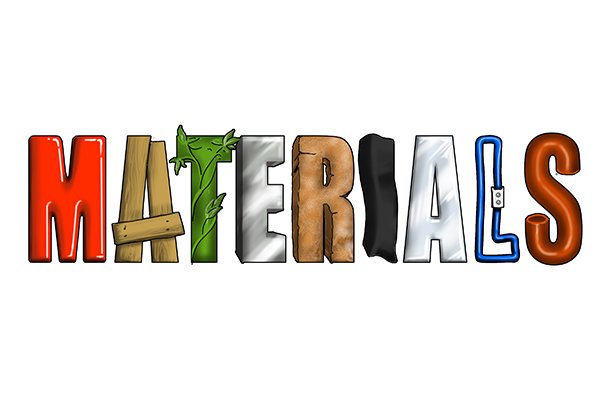 |
The casing on a magnet performs two main roles: to hold the magnet in position and to protect it from any bumps or corrosion. The four varieties of magnet which have a casing are: weld clamp magnets, hand magnets, magnetic mounting pads, and magnetic sweepers. The different types of magnets have different casings depending on the task they are commonly used for. | |||
Steel |
||||
 |
Steel casings can be found on two varieties of magnet: alnico magnets and magnetic mounting pads. The steel provides these magnets with extra protection, which is needed due to their extensive use outside. | |||
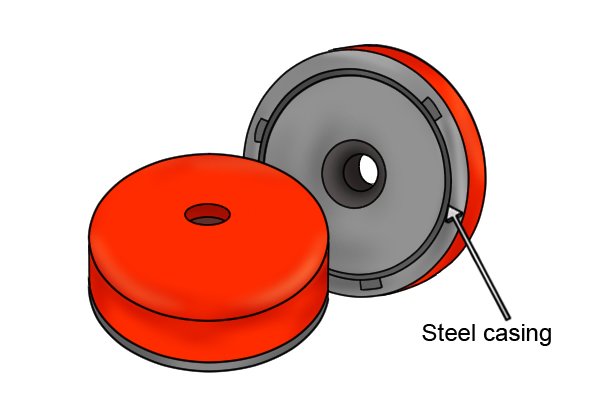 |
Alnico magnets have a steel casing on the outside to protect the magnet inside and to make it stronger. This steel casing is then spray-painted red to give the alnico magnet its distinctive colour.
For more information about alnico magnets, see the page: What are magnets made of? |
|||
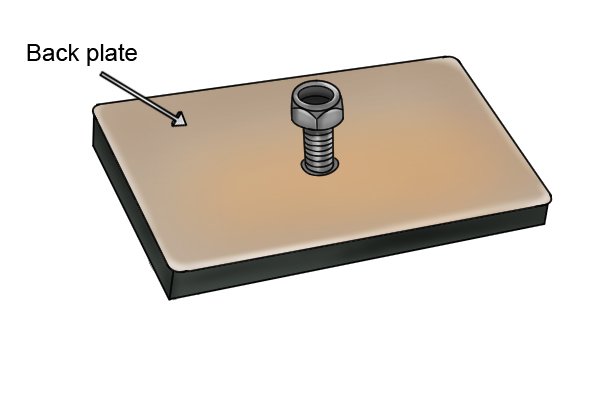 |
The other magnet which has a steel casing is the magnetic mounting pad. A magnetic mounting pad has a steel back plate which protects the magnet from any adverse effects from the non-ferromagnetic material it is attached to, such as any bumps or scrapes which could affect the magnet’s strength.
For more information, see the section: Magnetic Mounting Pads. |
|||
Aluminium |
||||
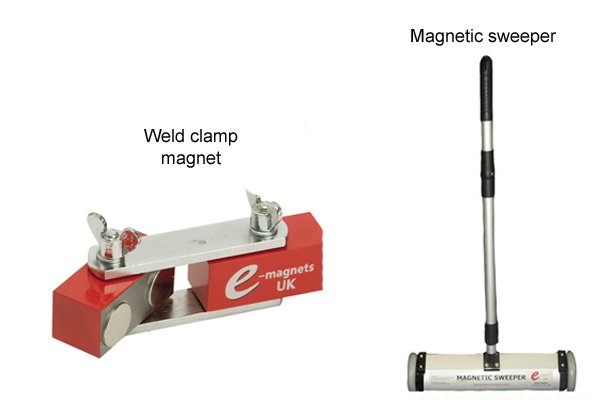 |
Aluminium casings are available on weld clamp magnets and magnetic sweepers. | |||
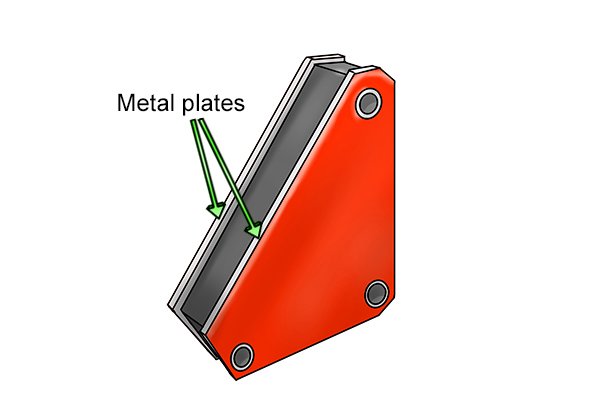 |
The aluminium casing in the form of two metal plates on a weld clamp magnet reduces the possibility of attracting weld splatter. The aluminium’s non-magnetic properties help to keep the magnet accurate, as any weld splatter to the outside of the magnet affects the weld clamp magnet’s ability to hold steel sheets effectively.
For more information on weld clamp magnets, see the section: Weld Clamp Magnets. |
|||
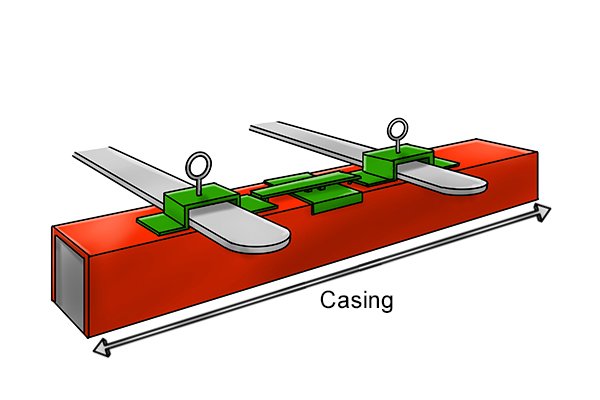 |
The aluminium casing on a magnetic sweeper aids the sweeping process by making only the bottom section of the magnetic sweeper magnetic. The casing does this by using non-magnetic aluminium which stops the magnetic field of the magnet from permeating the sides and top of the sweeper. | |||
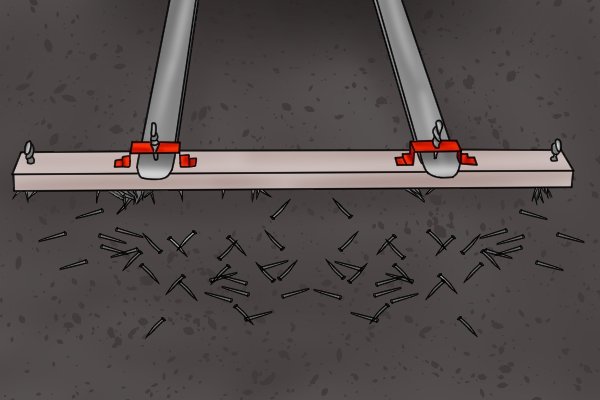 |
This enables the magnetic sweeper to be used more accurately as the magnetic force is focused downwards to pick up material from the floor.
For more information on magnetic sweepers, see the section: Magnetic Sweepers. |
|||
 |
Aluminium is also corrosion resistant which is beneficial to a magnetic sweeper and a weld clamp magnet due to their extended use outside. | |||
Plastic |
||||
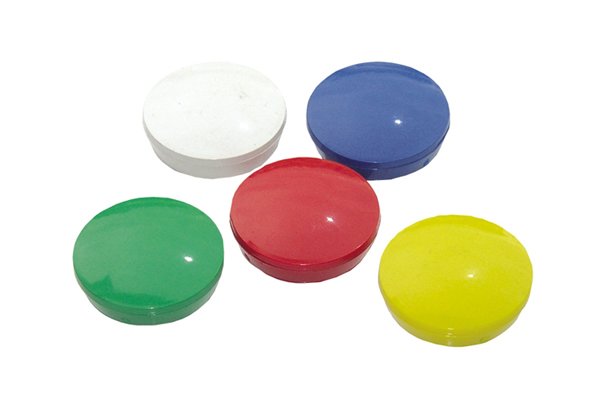 |
Plastic casings are available on planning magnetic discs. The plastic used on these magnets is called acrylonitrile butadiene styrene (ABS) and has been available since the 1950s. | |||
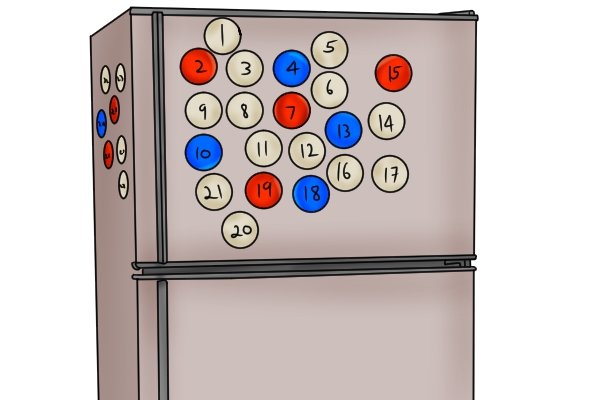 |
ABS plastic provides the planning magnetic disc with an impact resistant layer which is particularly useful for the magnet’s role as a fridge magnet. It helps to stop the magnet from getting damaged, which can affect its overall appearance. | |||
 |
This aspect of ABS plastic increases the overall lifespan of the planning magnetic discs dramatically because if a magnet becomes damaged, it runs the risk of demagnetising. | |||
Rubber |
||||
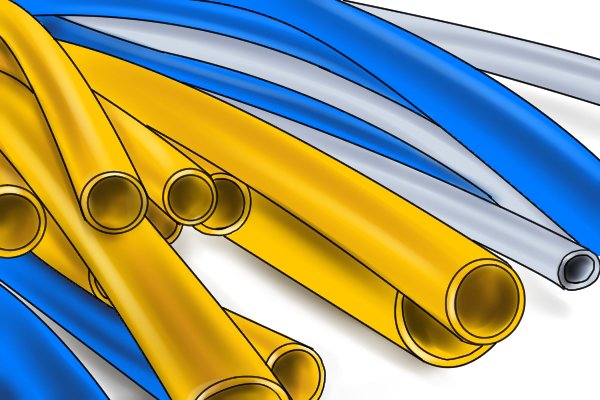 |
Another type of casing available is a rubber casing, which is a made from polyurethane, a type of polymer plastic. This is typically found on a magnetic mounting pad and is used to prevent the magnet from scratching the non-ferromagnetic material it is attached to e.g. a car roof. | |||
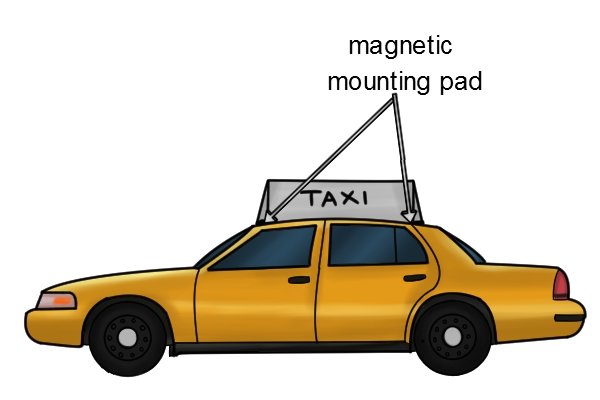 |
A rubber coating increases the amount of surface friction a magnet has. The increased surface friction helps the magnet to grip the outside of the non-ferromagnetic material, so it can hold larger objects than a standard magnet, e.g. a bar magnet. | |||
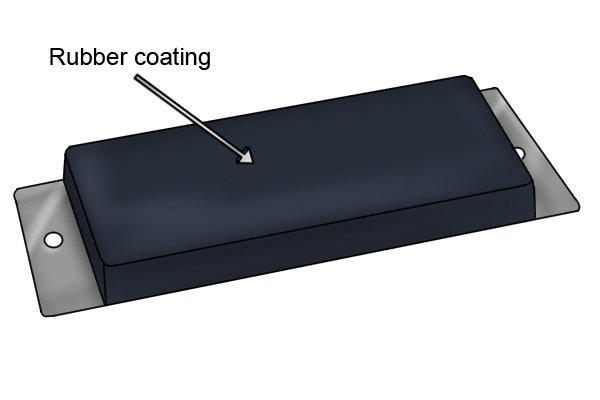 |
The rubber coating can become indented and torn after a few years. If this happens, you can remove it with a pair of scissors and re-coat the magnet with new rubber. | |||







